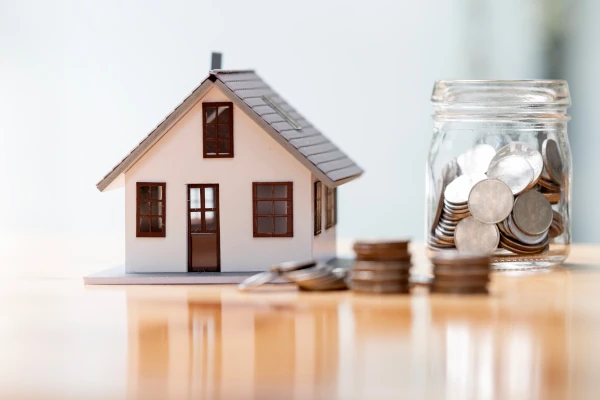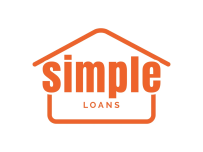

Tap Into Your Home’s Equity—Simply
A Home Equity Line of Credit (HELOC) lets you borrow against the value you’ve built in your home. Think of it as flexible access to funds when you need them—without having to refinance.
At Simple Loans, we help you understand how a HELOC works, when it makes sense, and how to use it wisely so you can make confident financial moves.
How a HELOC Works
Your home equity is the difference between what your home’s worth and what you still owe on your mortgage. As your home’s value goes up (and your mortgage balance goes down), your equity grows.
A HELOC works like a credit card—secured by your home. You get a credit limit and can borrow, repay, and borrow again during what’s called the draw period (usually about 10 years). After that, you enter the repayment period, where you pay off what you’ve used.
Most lenders let you borrow up to about 85% of your home’s value, minus what you owe on your mortgage.
Example: If your home’s worth $400,000 and you owe $250,000, you could qualify for around $90,000 in available credit.
Why Homeowners Love HELOCs
✔️ Flexible access to cash.
Borrow only what you need and pay interest only on what you use. Perfect for home projects or expenses that pop up over time.
✔️ Lower interest rates.
Because your home secures the loan, HELOC rates are usually much lower than credit cards or personal loans—great for consolidating high-interest debt.
✔️ Possible tax perks.
If you use your HELOC for home improvements that boost your property’s value, the interest could be tax-deductible (check with your tax pro).
✔️ Low payments during draw period.
Many HELOCs only require interest-only payments while you’re using the line—keeping monthly payments light.
What to Watch Out For
⚠️ Variable rates.
HELOCs often come with adjustable interest rates, which means your payment could rise if rates go up. Some lenders let you lock in part of your balance at a fixed rate.
⚠️ Your home is on the line.
Because your house secures the loan, missing payments could lead to foreclosure. Always borrow with a plan and purpose.
⚠️ Easy to overspend.
It’s tempting to use available credit for extras. Stay focused on smart uses that add value or save you money.
⚠️ Upfront costs.
Application, appraisal, or annual fees can add up—so be sure to understand the total cost before you move forward.
When a HELOC Makes Sense
✅ Home upgrades.
Use it for renovations that add value—like a kitchen remodel, new bathroom, or energy-efficient upgrades.
✅ Debt consolidation.
Pay off high-interest credit cards or personal loans with a much lower HELOC rate and save on interest.
✅ Emergency cushion.
It can be a solid backup for major expenses like home repairs or medical bills (but keep a savings fund too).
✅ Education expenses.
A HELOC can help fill the gap if federal student loans don’t cover everything.
When to Think Twice
🚫 If your income is unstable.
Fluctuating earnings can make HELOC payments risky.
🚫 If you struggle with debt.
Access to easy credit can make bad habits worse.
🚫 If you plan to sell soon.
The fees may not be worth it if you’ll move in a few years.
🚫 If it’s for things that lose value.
Vacations, cars, or luxury items don’t build equity—so it’s best to skip using a HELOC for those.
Simple Questions to Ask Yourself
Can I handle higher payments if rates rise?
Do I have a clear plan for how I’ll use the funds?
Have I compared rates and fees from a few lenders?
Do I understand what happens when the draw period ends?
If you can answer “yes” to these confidently, a HELOC could be a smart move.
Let’s Make It Simple
A HELOC can be a great way to access your home’s equity—when used for the right reasons. The key is understanding how it fits into your bigger financial picture.
At Simple Loans, we make it easy to explore your options and see whether a HELOC or a fixed Home Equity Loan (HELOAN) is the better fit for you.
💬 Let’s talk about your goals and find the simplest path forward.

